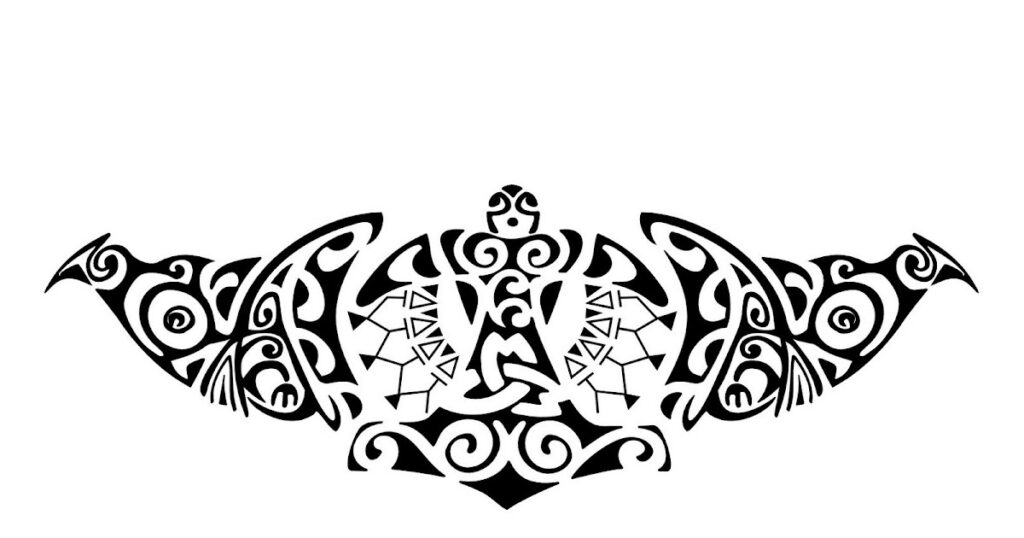Filipino tribal tattoos have a rich history, often used to symbolize strength, identity, and the connection between the wearer and their heritage. These tattoos go beyond mere decoration, serving as a testament to cultural traditions and deeply rooted beliefs. Here are 12 incredible Filipino tribal meaning tattoo symbols and their profound meanings.
Table of Contents
Toggle1. Kalinga Tattoo: The Mark of Courage
The Kalinga tattoo, originating from the northern regions of the Philippines, represents courage and bravery. The intricate designs often feature lines and geometric patterns that signify the warrior spirit and readiness to face challenges head-on.
2. Manobo Tattoo: Connection to Ancestry
The Manobo tattoo is a symbol of connection to one’s ancestors. This tribal design is often used to honor the lineage and the traditions passed down through generations, ensuring the continuity of culture and family legacy.
3. Bontoc Tattoo: Protection and Strength
The Bontoc tribe is known for its bold tattoo designs that serve as a protective shield. These tattoos are believed to protect the wearer from evil spirits and offer strength during difficult times.

4. Ifugao Tattoo: A Symbol of Fertility
In Ifugao culture, tattoos are often associated with fertility and prosperity. These tattoos, usually worn by women, signify a connection to the land and the promise of abundance in family life and agricultural success.
5. T’boli Tattoo: The Spiritual Connection
The T’boli people are famous for their elaborate tattoos, which represent the spiritual connection between the individual and the divine. The designs often feature flowing, spiral patterns that symbolize harmony with the natural world and higher powers.
6. Tagalog Tattoo: Identity and Pride
The Tagalog tattoo is a mark of identity and pride in one’s roots. This symbol often features traditional geometric shapes and lines, marking the wearer as part of the proud Tagalog tribe and their cultural identity.
7. Igorot Tattoo: Courage and Status
The Igorot tribe of the Philippines uses tattoos to indicate both bravery and status. These tattoos are often worn by warriors and are considered a rite of passage, signifying the individual’s bravery in battle and their elevated status in the tribe.
8. Pangasinan Tattoo: Love and Loyalty
A Pangasinan tattoo represents love and loyalty, often associated with romantic relationships or deep family bonds. These tattoos are typically adorned with symbols that show enduring commitment and devotion.
9. Higaonon Tattoo—Mystical Protection
The Higaonon people of Mindanao use tattoos to protect against evil forces and bad luck. The designs often include sharp lines and bold patterns, believed to ward off negative energy and provide mystical protection.

10. Aeta Tattoo: Resilience and Survival
Aeta tattoos are closely linked to resilience and survival. These tattoos are a testament to the wearer’s ability to endure hardships, often reflecting their experiences in surviving battles, natural disasters, and personal struggles.
11. Sama Tattoo: Social Status and Wealth
The Sama people use tattoos to signify wealth and social status within their community. These designs, which include patterns inspired by nature, symbolize prosperity and the wearer’s high standing in the tribal hierarchy.
12. Katutubo Tattoo: Unity and Family
The Katutubo tribe values unity and family above all else. Their tattoos, often simple and symmetrical, represent the importance of close-knit relationships within the tribe and their commitment to supporting one another.
Conclusion
Filipino tribal tattoos are more than just body art; they are rich with history and cultural significance. Each symbol tells a story, representing virtues like bravery, love, status, and spiritual connection. By wearing these tattoos, individuals not only embrace their heritage but also carry the strength, wisdom, and resilience of their ancestors.
For more information on tattoo removal, please visit our website, tattooculturecollective.com



